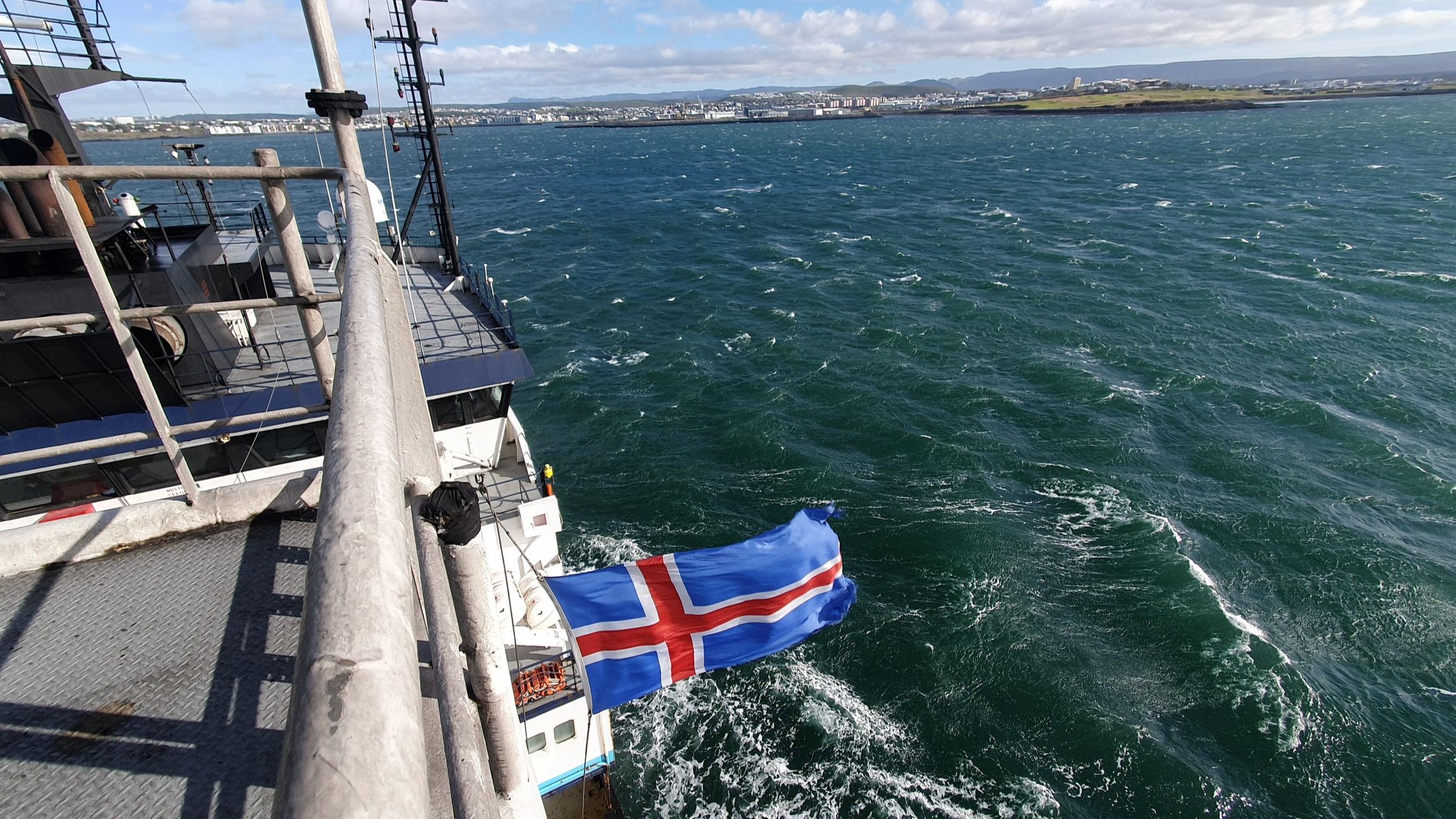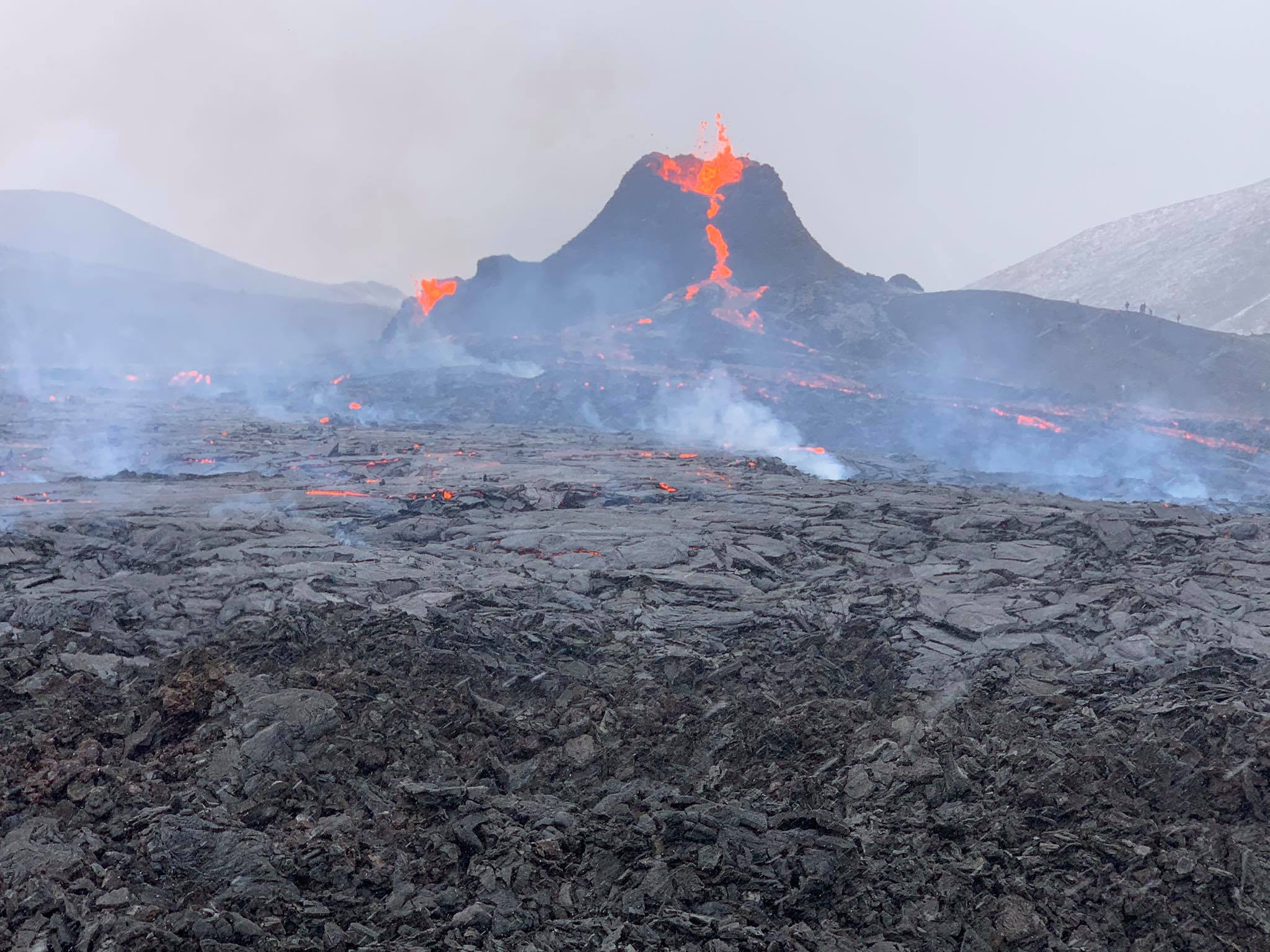Last summer, Cambridge PhD students Callum Pearman, Aisling Dunn and Philippa Slay joined an international scientific cruise to take the pulse of the Iceland mantle plume. Callum describes the science behind the expedition in the blog post below.
Continue reading “Listening in on the pulse of a mantle plume: IMPULSE Expedition 2024 “Masters student gets detailed snapshot of earthquake tremors in Reykjanes Peninsula, Iceland
Just hours after Dan Roberts, Masters student at Cambridge Earth Sciences, handed in his dissertation on the seismicity of Reykjanes Peninsula, Iceland, the volcano in his study area erupted… Here Dan reflects on how his work, which employs Cambridge-developed earthquake mapping software, is helping inform our understanding of seismic and volcanic hazards in Iceland.
Continue reading “Masters student gets detailed snapshot of earthquake tremors in Reykjanes Peninsula, Iceland”


